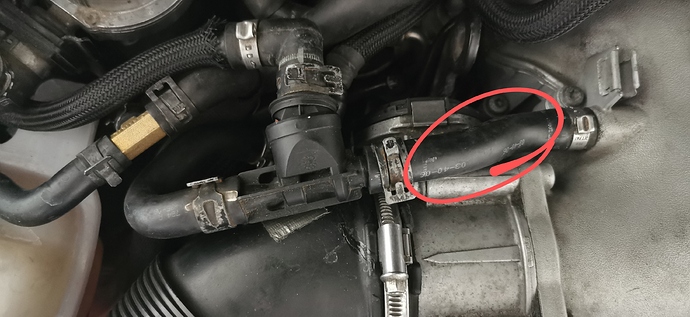Hi all,
Long time lurker, first time poster here.
After having it sit for almost 2 years, I started doing some work to my S6 to get it back on the road this summer. The vast amount of information available here helped me keep my sanity. Before I had parked it, it had an overheating issue and oil leak. Other than that, car ran well all throughout the rev range with no other issues.
When I first started it this summer to move it from storage into my garage, there was a horrible vibration. It was especially bad at idle and driving under 2500 RPM and seemed to almost disappear above that. I replaced every seal/gasket/o-ring I could get my hands on, which fixed the leak. Replacing all 10 fuel injectors eliminated some of the vibration and fixed the overheating issue (was not expecting that). After that, I replaced the oil separator, spark plugs, transmission fluid, serpentine belt, and tires and did a carbon clean. I also saw that the flap in the intake manifold for cylinder 10 had broken. All the others were fine and moved normally.
I checked it out with VAGCOM (don’t have the log handy at the moment) and I was getting intermittent misfires across all 10 cylinders, along with a random misfire code. I had a code come up for knock sensor 1, but after I cleared it, it never came back. On cold startup, cylinder 1, 5, 9 and 10 misfired about 50 times total in a minute. When driving under 2500 RPM, VAGCOM occasionally showed a misfire on a random cylinder, but the vibration was there the whole time.
I picked up another IM and just finished locking the flaps down with epoxy yesterday, planning to install it this evening. However, I haven’t see any mention of broken flaps causing any engine vibration in these cars, so not sure this will even make a difference. Just not sure what else to check at this point. Also thought it could be the engine mounts, but I didn’t think it would cause misfires. Anyone ever encountered a similar issue, or notice if I missed checking out or replacing something?



